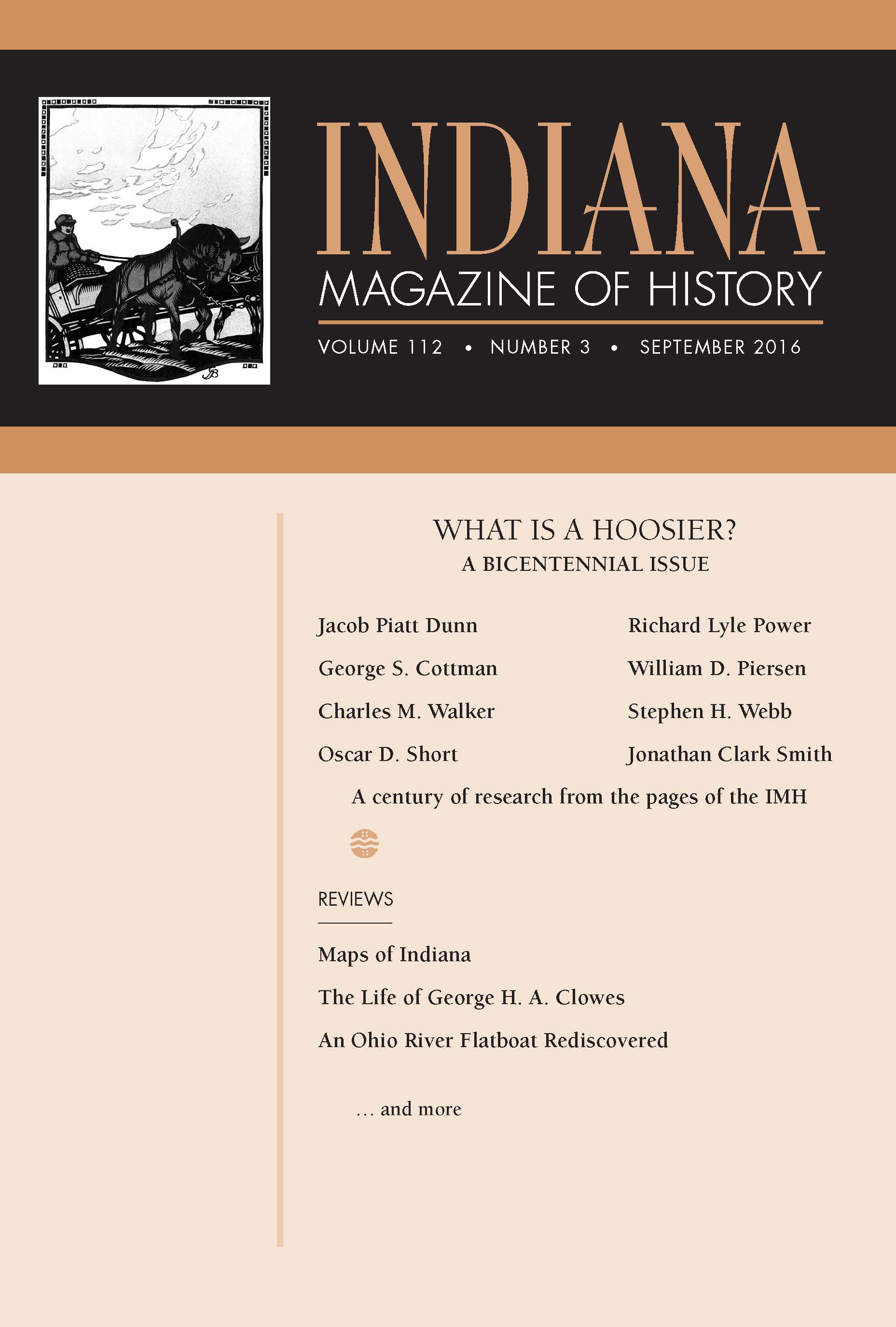The Hoosier as an American Folk Type
Main Article Content
Abstract
The richness of American imagination was documented by a yound diarist who described the composition of Michigan's early population by enumerating as many as eight popularly conceived types of frontiersmen. They included Yankee, Hoosier, Yorker, Yahoo, Buckskin, Buckeye, Chegoe, and Sucker. Long familiar in the American tradition and long taken for granted, such steretypes are encountered wherever one turns. The mere enumeration of these popular terms does not imply their qualitative parity, since they varied widely in their vividness and in popular acceptance. The Hoosier sumbol, which was used to indicate the distinctive culture imputed to Indiana, not only stood out from other western folk symbols, but was the nearest rival to the Yankee folk creation in vitality and in general acceptance.
